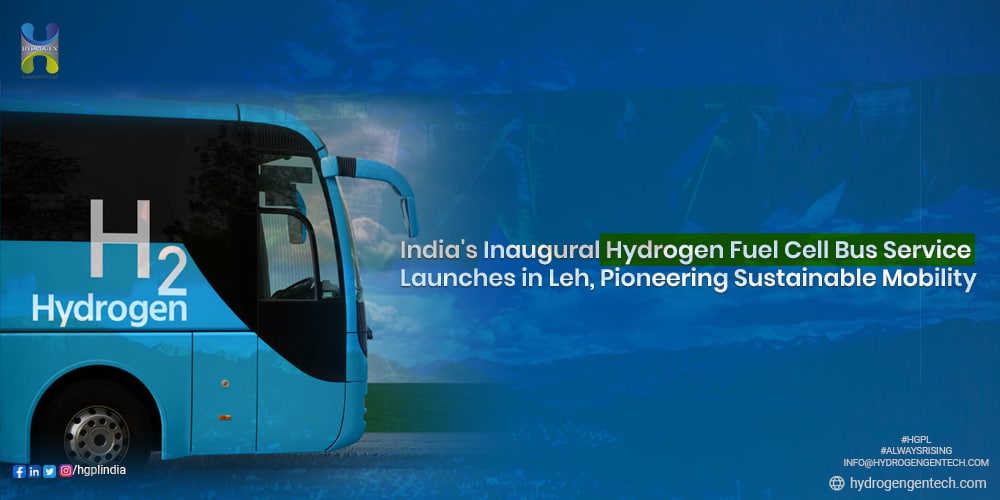Introduction
India and Saudi Arabia have recently signed a memorandum of understanding (MoU) to strengthen cooperation in the areas of grid interconnection and green hydrogen. The MoU was signed by Union Minister for Power and New & Renewable Energy, RK Singh, and Saudi Minister of Energy, Abdulaziz bin Salman Al-Saud, in Riyadh, Saudi Arabia. This collaboration marks an important step towards achieving a sustainable and resilient energy future for both countries.
Memorandum of Understanding
The MoU aims to establish a general framework for cooperation between India and Saudi Arabia in the field of electrical interconnection, exchange of electricity during peak times and emergencies, co-development of projects, co-production of green and clean hydrogen, and establishing secure and reliable supply chains for materials used in the renewable energy sector.
Objectives of the MoU
The primary objective of the MoU is to enhance collaboration between India and Saudi Arabia in the energy sector. By sharing expertise and resources, both countries can accelerate their transition to a low-carbon economy and achieve their respective climate goals. The MoU also promotes the development of sustainable and resilient energy infrastructure, which is crucial for ensuring energy security and meeting the growing energy demands of both nations.
Grid Interconnection and Exchange of Electricity
One of the key areas of collaboration under the MoU is grid interconnection and the exchange of electricity. India has been exploring the possibility of interconnecting its national power grid with those of Saudi Arabia, the UAE, and Singapore through subsea cables. This interconnection would allow the sharing of power resources across regions, reducing the need for costly energy storage solutions and improving the reliability of the power grids.
Co-development of Projects and Secure Supply Chains
The MoU also emphasizes the co-development of projects related to renewable energy and green hydrogen production. Both countries will work together to identify and implement joint projects that promote the use of clean and sustainable energy sources. Additionally, the MoU aims to establish secure, reliable, and resilient supply chains for materials used in the production of green hydrogen and renewable energy, ensuring the availability of critical resources for the successful implementation of these projects.
India’s Pursuit of Grid Interconnectivity
India has been actively pursuing the goal of grid interconnectivity with other countries as part of its One Sun One World One Grid (OSOWOG) plan. This ambitious initiative aims to connect countries through a global power grid, enabling the sharing of clean and renewable energy resources on a massive scale. By interconnecting its power grid with neighboring countries, India can enhance energy security, optimize resource utilization, and facilitate the integration of higher shares of renewable energy into the grid.
Global Power Grid Initiative
The global power grid initiative, proposed by India, has gained significant traction in recent years. Several countries have expressed interest in joining this initiative, recognizing the potential benefits of a connected and integrated global power system. Through this initiative, countries can collaborate on the development of cross-border transmission infrastructure, harmonize technical standards, and facilitate the seamless exchange of clean energy across borders. The collaboration between India and Saudi Arabia is a significant step towards realizing the vision of a global power grid.
India’s Leadership in Energy Transition
India has emerged as a global leader in energy transition, with ambitious targets for reducing carbon emissions and increasing the share of renewable energy in its energy mix. The country aims to reduce the emission intensity of its GDP by 45% by 2030 and achieve net-zero emissions by 2070. By collaborating with countries like Saudi Arabia, India can leverage its expertise in renewable energy deployment, grid integration, and energy storage to accelerate the global transition towards a sustainable and low-carbon future.
Conclusion
The collaboration between India and Saudi Arabia in the areas of grid interconnection and green hydrogen holds great promise for advancing the clean energy transition. By harnessing their respective strengths and resources, both countries can unlock new opportunities for sustainable economic growth, enhance energy security, and contribute to global efforts to mitigate climate change. The MoU signed between India and Saudi Arabia is a testament to their shared commitment to building a greener and more sustainable future.











